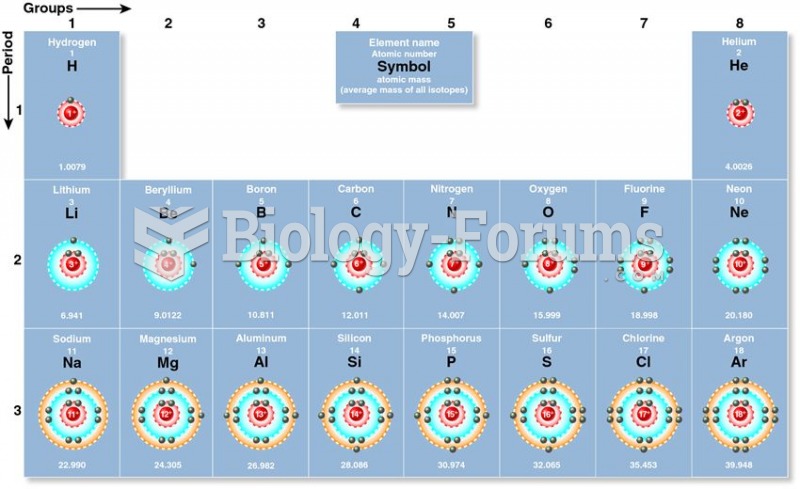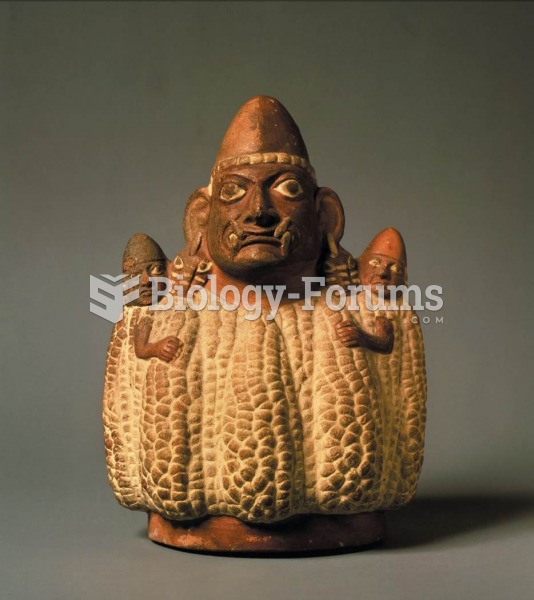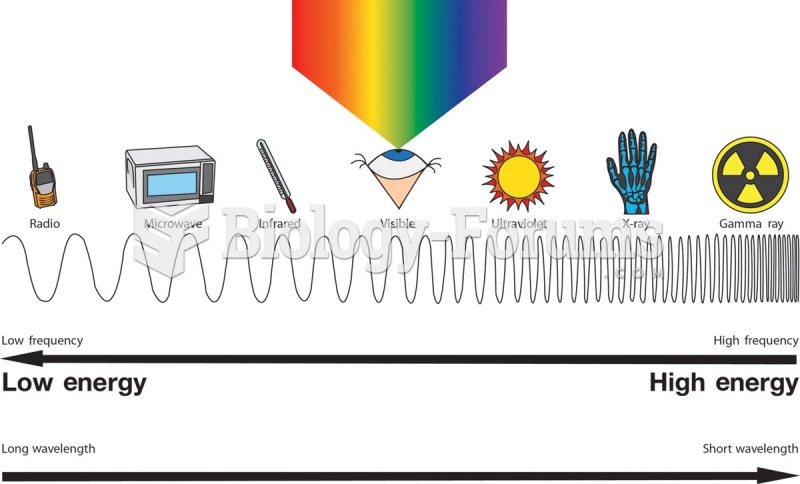Answer to Question 1
B
Answer to Question 2
The quest for harmonious proportion was the driving force behind the evolution of the Classical style. This quest spurred ancient Greek artists and architects, to search for a canon, or set of rules, for determining physical proportion. To establish a canon, the artist fixed on a module, or standard of measurement, that governed the relationships between all parts of the work of art and the whole. The module was not absolute, but varied according to the subject matter. In the human body, for instance, the distance from the chin to the top of the forehead, representing one-tenth of the whole body height, constituted a module by which body measurements might be calculated. The Greek canon made active use of that principle of proportion known as symmetry, that is, correspondence of opposite parts in size, shape, or position, as is evident in the human body.
Portraying the nude human figure was a major part of the Classical style, as it reflects the Hellenic regard for the human body as nature's perfect creation. By the early fifth century B.C.E.,Greek sculptors had arrived at the natural positioning of the human figure that would characterize the Classical style. The sensuously modeled torso turns on the axis of the spine, and the weight of the body shifts from equal distribution on both legs to greater weight on the left lega kind of balanced opposition that is at once natural and graceful. (This counterpositioning would be called contrapposto by Italian Renaissance artists.) Male figures were portrayed in highly idealized forms, almost godlike, with proportions in the physique in the direction of geometric clarity. The female figure evolved from being fully clothed to nude in the fourth century B.C.E. Female statues also depicted the ideal female form: tall and poised, with small breasts and broad hips.







